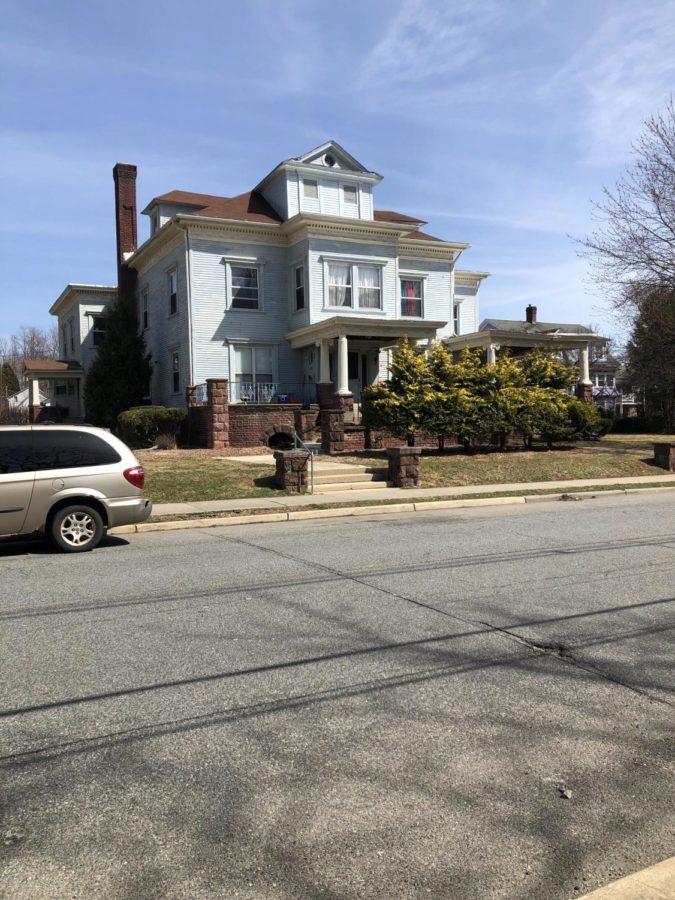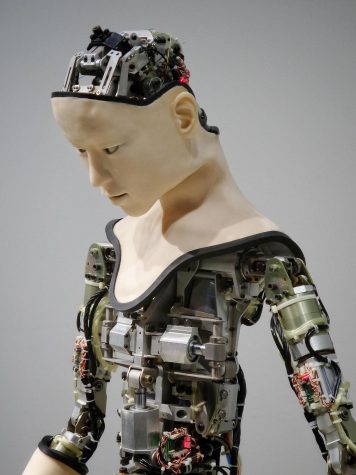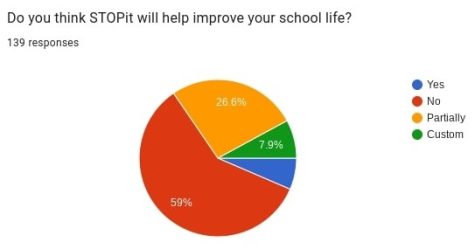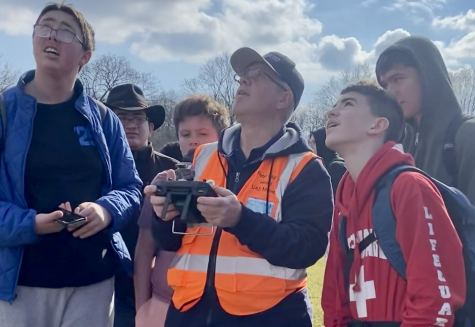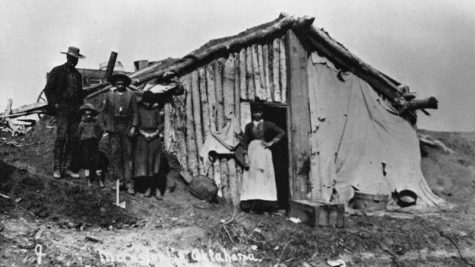History of Racism in Warren County
Photo Courtesy of Emily Deming
The Cornish Mansion, located on Belvidere Avenue in Washington Boro, was originally built for the Cornish family, who owned a piano and organ factory in what is now an apartment building on Route 31 near the New Jersey Motor Vehicle Commission’s inspection station. It is not clear exactly when the Cornish Mansion was sold to Ku Klux Klansmen; neither can it be reasonably presumed that the Cornish family themselves were members. More about the Cornish Mansion and the Cornish family can be found at http://www.ebpm.com/washnj/regpix/glry_washnj_corn-man.html
Conversations about racism can be hard, which steers many people away from acknowledging it, especially in their own communities.
Racism has been prominent in Warren County, whether residents realize it or not.
According to “A Self-Guided Walking Tour,” published by The Washington Historical Society, sometime in the late 1800’s or early 1900’s, the headquarters of Warren County’s Ku Klux Klan was centered in Washington Borough, in the Cornish Mansion, located on Belvidere Avenue.
This is just the tip of the iceberg. Over the decades, the KKK has collapsed and been reborn again and appears to still have a presence to this day.
Since there was a headquarters in Washington, it can be presumed that there were many members of the KKK locally.
Other evidence of the Klan rearing its ugly head in Warren County have been reported upon by word of mouth and on social media.
One example is the locally-notorious photo of a group of Klansmen in full garb standing underneath the “Welcome to Oxford” billboard on Route 31.
According to an anonymous post in August of 2014, on a thread in hackettstownlife.com, said photo was taken in the early 1990’s after an Earth-Day clean up on Route 31 in which the local KKK allegedly participated.
In 2008, a cross was burned on the lawn of a Hardwick Township family that had supported Obama, then president-elect, during the election, according to an article which appeared on nj.com.
During the 2016 presidential election, someone spotted and took a photo of a “Makkke Oxford Great Again” decal on the back window of a car in Shoprite’s parking lot. The photo circulated on local Facebook accounts, causing mostly outrage, yet some smug support.
Another instance of alleged racism happened right here at Warren Hills Regional High School in March of 2001.
Reportedly, a student went to school waving a Confederate flag, while some other students wore clothing with an emblem of the flag. These students allegedly belonged to a group known as “the Hicks,” which, according to the court document, SYPNIEWSKI V. WARREN HILLS REGIONAL BOARD OF EDUCATION, observed “White Power Wednesdays.”
One student of the group wore a T-shirt stating “Top Ten Reasons You Might Be a Redneck,” and was subsequently suspended.
The family then sued the district, challenging a newly- installed dress code policy intended to reduce racial animosities among students.
In June, 2001, the US Court of Appeals decided that since the wearing of the t-shirt fell under the student’s First Amendment rights, he should not have been suspended.
According to a New York Times article headlined, “High School Should Not Have Banned ‘Redneck’ T-shirt, Federal Court Says,” by Robert Hansen, the school policy was adjusted to be more strict about inappropriate paraphernalia of any kind because of this case.
While this incident stains Warren Hills Regional High School’s history, there are things to be learned from the past as well as the present and these lessons will soon be part of New Jersey’s curriculum.
In early March, New Jersey’s legislature passed a law which will require public schools to teach about ethnicity, disabilities, and “economic diversity, equity, inclusion, tolerance, and belonging in connection with gender and sexual orientation, race and religious tolerance,” according to an article by Adam Clark on nj.com. In addition, the law, which will take effect in the 2021-2022 school year, aims for the curriculum to “examine the impact that unconscious bias and economic disparities have at both an individual level and on society as a whole.”

